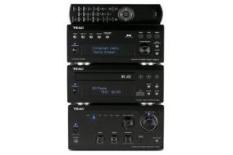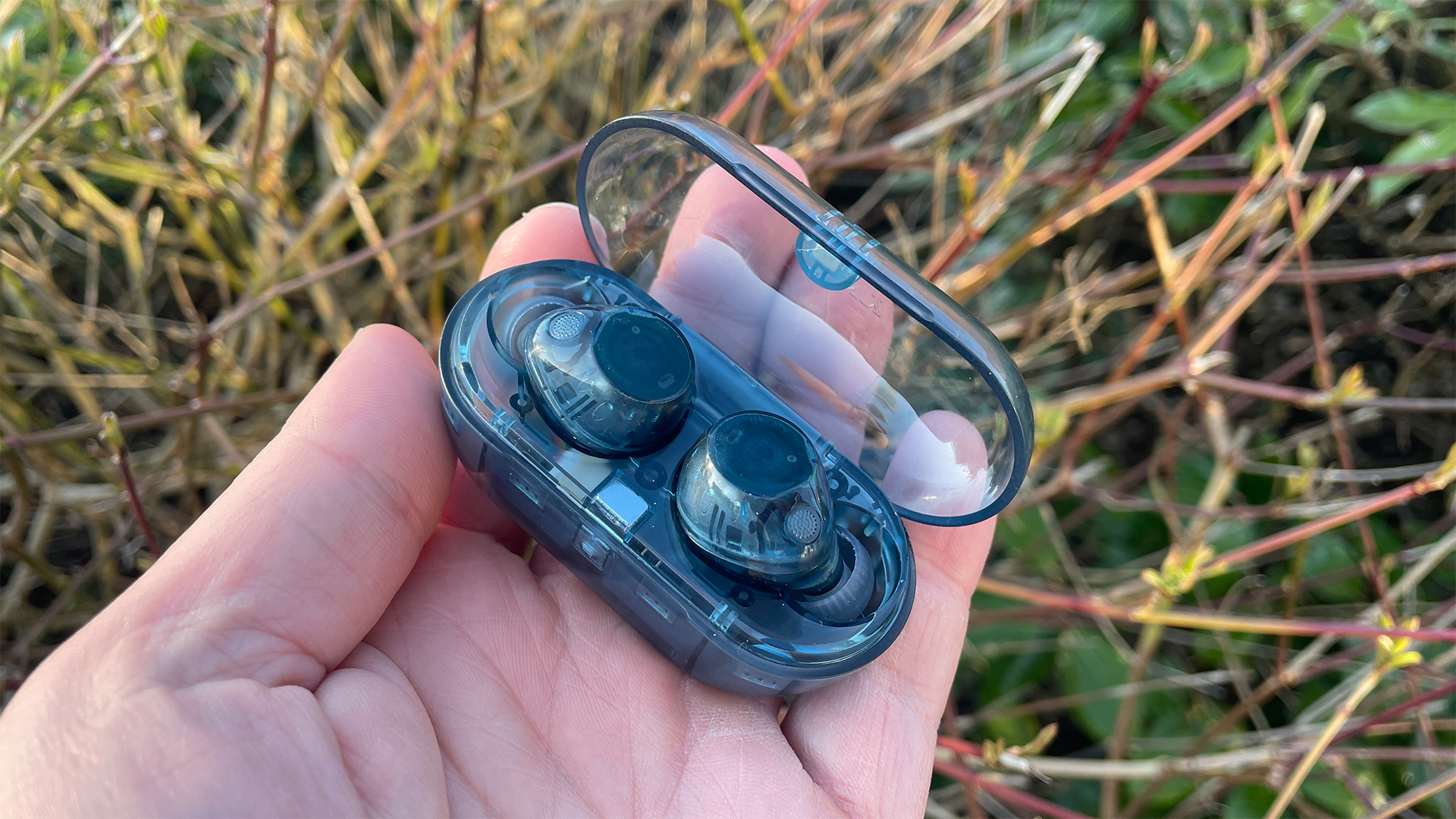What Hi-Fi? Verdict
It looks and feels great, but sadly it's the sound that lets the side down
Pros
- +
Extensive spec, with internet radio a highlight
- +
chunky design
- +
can be revealing through the midrange
Cons
- -
Sound lacks substance
- -
more complex music is poorly organised
Why you can trust What Hi-Fi?
Younger readers may be mildly diverted to learn there was a time when TEAC ruled the 'credible micro-system' roost.
There have been some perfectly fine systems lately, sure, but the impression that TEAC was treading water while the likes of Denon, Onkyo and Yamaha forged ahead was hard to ignore.
This new Reference 380 system, a UK-tuned three-box affair, is intended to re-establish TEAC as the foremost source of miniature hi-fi thrills.
As far as looks and specification go, the TEAC starts strongly. Available only in moody black, the Reference 380 comprises the A-H380 integrated amp, PD-H380 CD player and T-H380DNT tuner – it's a harmonious-looking threesome, all chunky aluminium face-plates and nicely damped controls.
Internet radio reception
In spec terms, the TEAC is thorough and far-sighted: 45W of power per channel is enough to drive even the most truculent of likely speaker partners, and the amp also features two recording loops and a moving-magnet phono stage for use with a turntable.
The CD player incorporates a front-facing USB input for playback of MP3 or WMA music files and, perhaps most excitingly, the tuner is packing internet radio reception (via wired Ethernet connection or wireless LAN) alongside DAB, FM and AM.
Ergonomically, too, the TEAC strikes all the right notes. The remote is lightly rubberised, well laid out and simple to use. The tuner joins to a wireless network rapidly and without drama, and maintains its link tenaciously, while internet stations are easy to organise.
Performance lets the side down
However, all of these good impressions founder somewhat in light of the Reference 380's performance.
Whether driving our reference ATCs or some more price-appropriate speakers, the TEAC sounds poorly organised and insubstantial.
A CD of The Hold Steady's Stay Positive sounds a little confused in the 380's hands, with less rigorous focus and staging than some less expensive micros can muster.
Low frequencies lack body and drive, while the midrange – though amply detailed – spills outside its boundaries, blurring the path into higher frequencies in a most undisciplined manner.
Amplifier is the weak link
We're comfortable laying the majority of the blame for this rather foggy presentation at the feet of the A-H380 amplifier, as sources other than CD suffer in the same manner.
The T-H380DNT may be a grippy tuner, but the relative lack of straight edges and outright corporeality make it a less than satisfying listen – particularly galling given the glorious diversity of stations the TEAC can access.
We had high hopes for the Reference 380 – the looks, the specification and the price are all alluring. And in some ways, it remains a compelling proposition. After all, this is as thoughtfully specified and robustly made a micro system as we've seen.
But there are fundamental shortcomings in the TEAC's performance that no number of spec-sheet highlights can compensate for: we're afraid the Reference 380 is an awful lot of icing on not enough cake.
What Hi-Fi?, founded in 1976, is the world's leading independent guide to buying and owning hi-fi and home entertainment products. Our comprehensive tests help you buy the very best for your money, with our advice sections giving you step-by-step information on how to get even more from your music and movies. Everything is tested by our dedicated team of in-house reviewers in our custom-built test rooms in London, Reading and Bath. Our coveted five-star rating and Awards are recognised all over the world as the ultimate seal of approval, so you can buy with absolute confidence.


